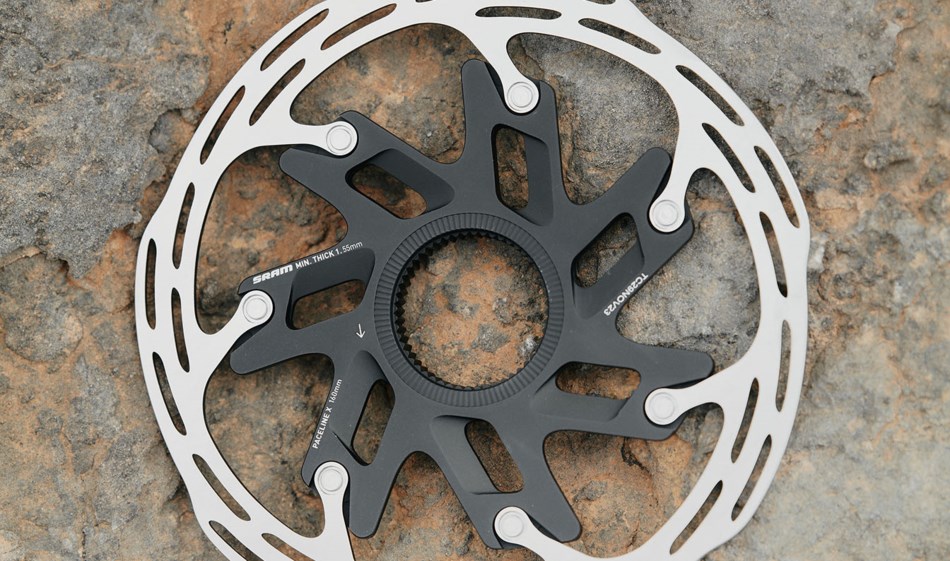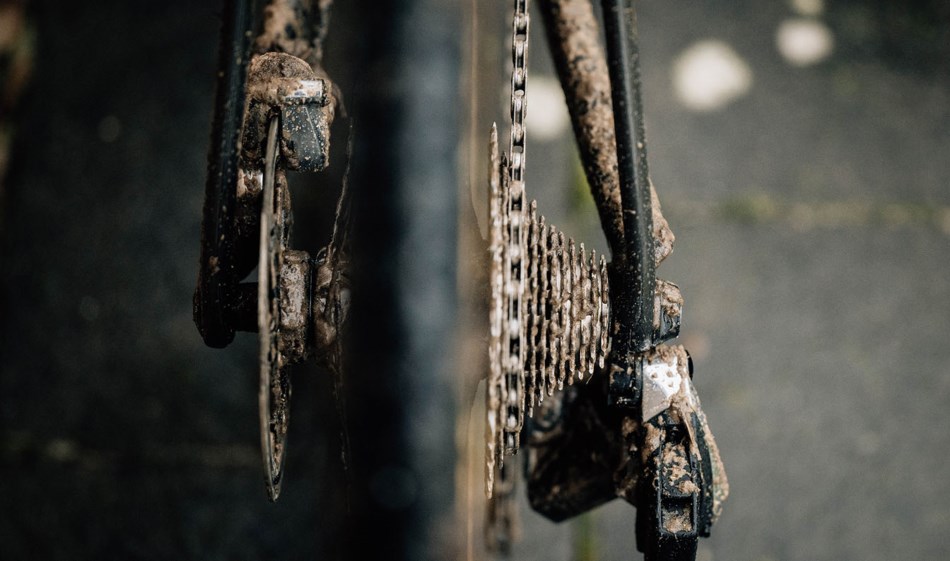Over time, dirt and grime can keep your brake caliper pistons from moving freely. Since the pistons are responsible for moving the brake pads, this can result in pads not advancing far enough to provide adequate brake power, or pistons not retracting evenly. To correct this, follow the piston massage procedure:

If you grab your brake lever and it pulls all the way to the handlebar, there could be different causes depending on the age of the bike:

Fresh out of the box, your new brakes won’t feel like they have any power until you go through the bed-in process. Bedding in your brakes will deposit an even layer of pad material onto the braking surface of the rotor. This will ensure power, consistency, and quiet braking for the life of the rotor. Bed-in your brakes before your first ride:

Disc brake noise can be a matter of some water or dirt temporarily getting on the rotors. If previously quiet brakes start making a noise, clean the rotors with isopropyl alcohol.




